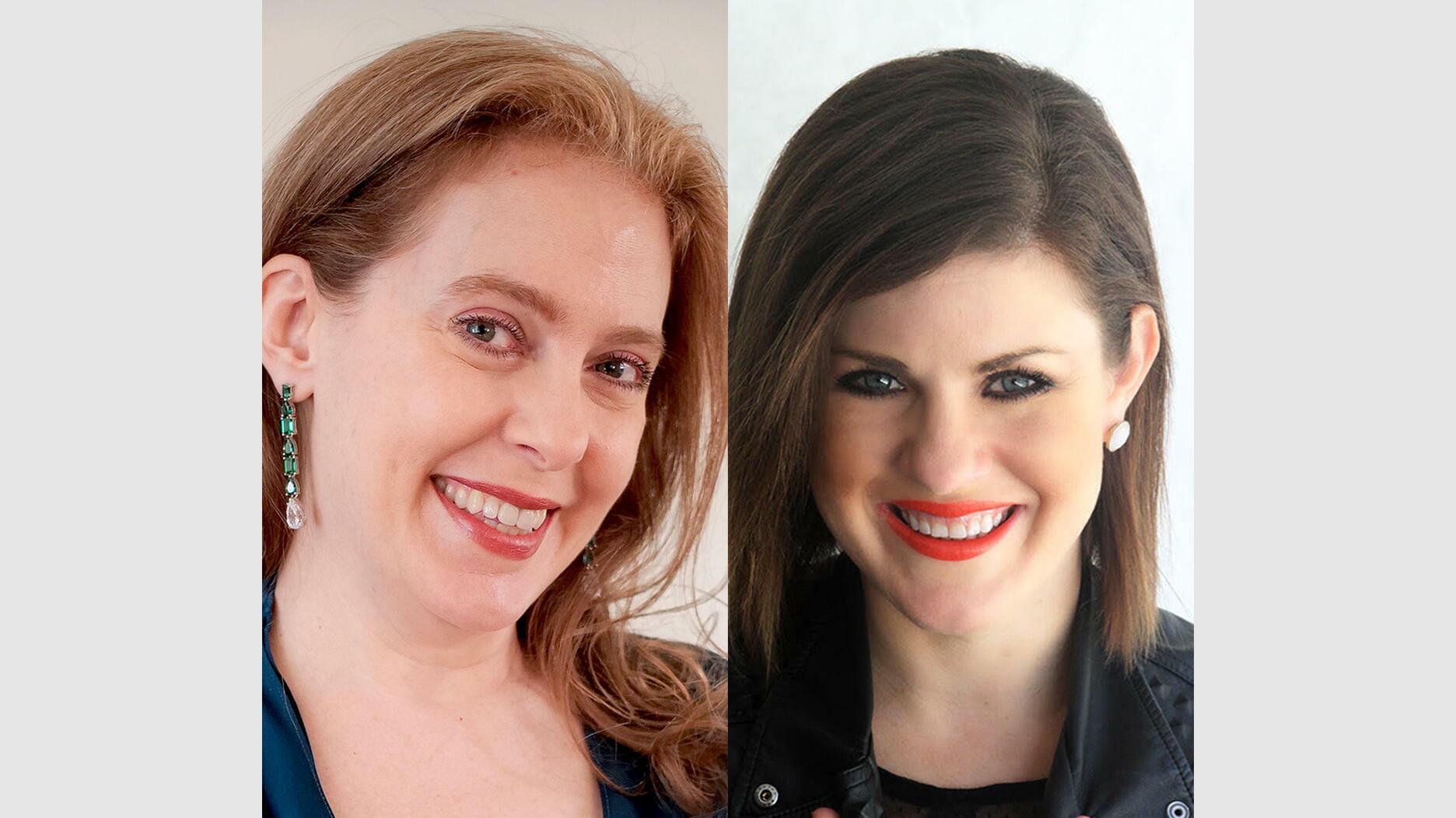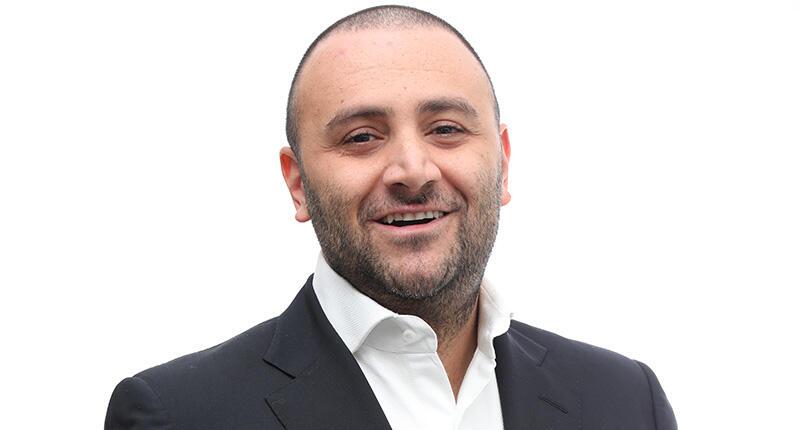Squirrel Spotting: The Sales Boom Has Been a Blast, Now What?
What changes did you make that are going to help your business endure beyond the current surge in jewelry sales? Peter Smith wants to know.

If you are in sales and/or responsible for growing a business, you ought to welcome that question. You should see it as an opportunity to articulate what you personally did to drive the stated growth.
The question itself is, of course, an invitation to take the onion of whatever great accomplishment you’ve highlighted and peel back the layers to identify the specific and tangible initiatives you conceived and deployed.
It’s also an opportunity to shine a light on the thought process behind certain decisions, what obstacles needed to be overcome along the way, and what important learnings resulted from the process.
If the interviewee was instrumental in delivering measurable contributions to the stated sales growth and accomplishments, the question should raise their energy levels, generate positive body language, and unleash a believable narrative to support the claims.
If, however, the candidate was not directly responsible for the results stated on the resume and/or in their interview, they may struggle to deconstruct the onion and paint an authentic picture of their specific contributions.
You may hear fragments and snippets—verbal bumper stickers, I call them—as the candidate struggles for coherence. Incongruence of story, or in their body language and words, can reasonably be assumed to suggest their influence was less than advertised.
Their involvement in the results may have been more a function of fortuitous timing and circumstance, and not, as claimed, due to their specific initiative and contributions.
“What we know, with absolute certainty, is that we will at some point face headwinds, and this period of unprecedent growth will abate.”
As we fast approach the start of year three of the COVID economy (I’m counting from March 2020, which is when most of us were first impacted), we would all do well to ask a variation of my tell-me-how-you-did-that question about our own businesses.
We have just completed a year that saw the U.S. jewelry market deliver a majestic $94 billion in sales, far exceeding the previous high on record of $62 billion, and there will likely never be a better opportunity for businesses to claim credit for their respective magical rides.
It has, by most measures, been an historic period for our industry and, despite the prognostications of a few so-called experts about what we should expect in the coming year, the truth is we have absolutely no clue about what the near future holds for our business.
What we do know, with absolute certainty, is that we will at some point face headwinds, and this period of unprecedent growth will abate.
The incredible increases we have experienced will become the stuff of legend. The cash reserves may decline, the payables may revert to slower than ideal, foot traffic—which continued to increase through the fourth quarter—will reverse direction and return to the decades-long trend of less, not more.
In fact, according to The Edge Retail Academy, while January saw increases in sales (up 14 percent) and average ticket (up 17 percent), we also witnessed the first decline in foot traffic (down 2.6 percent) in a few months.
A precursor of things to come, or an aberration? Time will tell.
I don’t believe it is an exaggeration to suggest there has never been a more important time—including the Great Recession of 2008/2009—to ask ourselves what comes next for our businesses, and how prepared we are for the future.
If one accepts that the rising tide of the COVID economy lifted all boats in our industry, wouldn’t it also hold true that the inevitable falling tide will contribute equally to a collective decline?
When things change, will we retreat to the $62 billion level, or worse still?
For an industry that has historically gotten pneumonia when the economy sneezes, the past 18 months or so have been a welcome and unexpected boon. Retailers, many of whom were struggling to keep their heads above water, got a welcome reprieve.
Owners who might have been contemplating selling their businesses, or planning retirement events and closing their doors altogether, enjoyed a much-needed break.
And for retailers who had made or planned to make investments in people, infrastructure, technology, marketing, or their physical space, this period of growth has given them breathing room, absent the stresses typically associated with expensive renovations, investments, or acquisitions.
So, getting back to where we started, how about asking yourself my sales candidate question: You grew your business by a gazillion percent, that’s great. Tell me how you did it?
There may be retailers (and suppliers, manufacturers, service providers, etc.) who believe they got really smart over the past couple of years and imagine they’ve got this whole thing figured out.
They may believe their success is nothing less than just rewards for having stayed the course, keeping their heads above water through the toughest of times (see that darn recession of ’08-’09 again), and that the recent past will be prologue.
They may believe that the road ahead is beautifully paved, and their strategy should be to keep on keeping on.
Alas, I wish it were that simple.
We will not outrun the bear when the winds change, but we can ensure that we give ourselves the best chance of outrunning the other guy.
We can do that if we have implemented significant and tangible changes to our businesses during the COVID economy, changes that have improved, even fortified, our businesses for the future, changes that delivered a better experience for our customers, and which offer the promise of a healthier model during the invariable ups and downs to come.
So, what tangible changes have you made to your business that will endure in a post-COVID world?
If you were to list three significant and specific changes made that were fundamental and measurable, what would they be?
If you were to pose the question privately to each member of your team, what would they say you did? Would they all say the same thing?
Would your business be that interview candidate making claims of success without articulating the why and the how?
Or would you be the candidate that leans into the question, fires up their engine, and enthusiastically tells their story of success, with all the specificity and detail to support your claims, and with the promise of a fundamentally better business, regardless of the broader economic headwinds to come?
We’re living in strange times, and we have an interesting ride ahead of us.
The Latest

It purchased the “Grosse Pièce,” an ultra-complicated Audemars Piguet pocket watch from the ‘20s, for a record-breaking price at Sotheby’s.

Chandler got his start at Michelson Jewelers and has served as DCA president and CEO since 2001. He will retire at the end of the month.

Sponsored by Digital Monitoring Products

How Jewelers of America’s 20 Under 40 are leading to ensure a brighter future for the jewelry industry.

The boutique is slated to open this week inside Terminal 8, offering pre-owned Rolex watches and more to international travelers.


The lab-grown diamond grower now offers custom engagement and fashion jewelry through its Kira Custom Lab Jewelry service.

The special-edition egg pendant ingested in a New Zealand jewelry store was recovered after a six-day wait.

Roseco’s 704-page catalog showcases new lab-grown diamonds, findings, tools & more—available in print or interactive digital editions.

Associate Editor Natalie Francisco plays favorites with Piece of the Week, selecting a standout piece of jewelry from each month of 2025.

The “Love and Desire” campaign is inspired by the magic that follows when one’s heart leads the way, said the brand.

Two awardees will receive free tuition for an educational course at the Swiss lab, with flights and lodging included.

Berta de Pablos-Barbier will replace Alexander Lacik at the start of January, two months earlier than expected.

Sotheby’s held its first two jewelry sales at the Breuer building last week, and they totaled nearly $44 million.

Winners will receive free registration and lodging for its fourth annual event in Detroit.

The honorees include a notable jewelry brand, an industry veteran, and an independent retailer.

Carlos Jose Hernandez and Joshua Zuazo were sentenced to life without the possibility of parole in the 2024 murder of Hussein “Sam” Murray.

Yood will serve alongside Eduard Stefanescu, the sustainability manager for C.Hafner, a precious metals refiner in Germany.

The New Orleans jeweler is also hosting pop-up jewelry boutiques in New York City and Dallas.

Set in a Tiffany & Co. necklace, it sold for $4.2 million, the highest price and price per carat paid for a Paraíba tourmaline at auction.

The jeweler’s “Deep Freeze” display showcases its iconic jewelry designs frozen in a vintage icebox.

Take luxury gifting to new heights this holiday season with the jeweler’s showstopping 12-carat sphene ring.

This year's theme is “Unveiling the Depths of the Ocean.”

In its annual report, Pinterest noted an increase in searches for brooches, heirloom jewelry, and ‘80s luxury.

Starting Jan. 1, customers can request the service for opal, peridot, and demantoid garnet.

The 111-year-old retailer celebrated the opening of its new location in Salem, New Hampshire, which is its third store in the state.

The new catalog features its most popular chains as well as new styles.

The filmmaker’s personal F.P. Journe “FFC” prototype was the star of Phillips’ recent record-setting watch auction in New York.





























